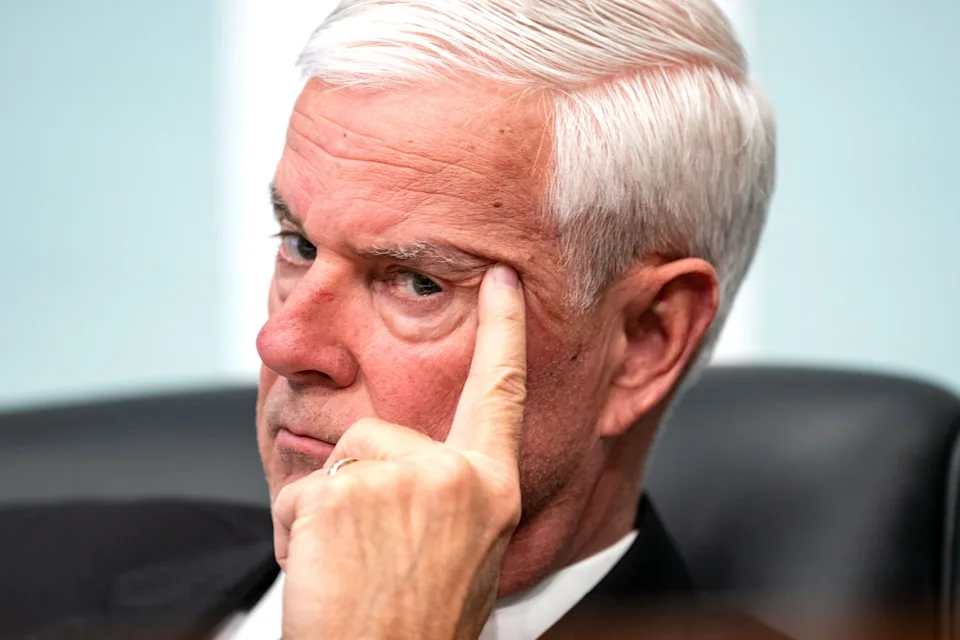Six months in Congress have rarely looked like this. What was expected to be a routine legislative stretch turned into one of the most intense, bitter, and unpredictable political periods in recent memory. From government shutdown threats and surprise resignations to shouting matches on the House floor, the past half-year in Washington D.C. has been a rollercoaster of tension, frustration, and dysfunction.
We take a look at what made these six months so unusual, what triggered the short tempers, and how it’s reshaping the political landscape ahead of the 2024 elections.
Unpredictable Start: Budget Battles and Shutdown Fears
The new year began with unresolved budget debates hanging over Congress like a dark cloud. Lawmakers were under immense pressure to pass funding bills to avoid a government shutdown, but negotiations repeatedly broke down over issues like defense spending, border security, and social program cuts.
For weeks, Congress ran on short-term funding extensions — known as continuing resolutions — that barely kept the lights on. The tension was obvious. Long nights turned into early mornings as members scrambled to strike temporary deals.
Key Moments:
- Multiple deadlines missed: Congress came dangerously close to a full government shutdown more than once.
- Intense debates over Ukraine and Israel aid: Foreign aid packages became bargaining chips in wider budget talks.
- Divisions within parties: It wasn’t just Republicans versus Democrats — internal GOP disputes often stalled progress.
Speaker’s Struggles and Leadership Shakeups
Perhaps the most shocking moment came in the form of leadership drama. After months of infighting within the Republican caucus, House Speaker Kevin McCarthy was ousted in a historic no-confidence vote — the first time in U.S. history a Speaker was removed mid-term.
The vacancy led to chaos. It took weeks for the House to elect a new Speaker, during which all legislative work came to a halt. The new Speaker, Mike Johnson, faced immediate challenges — including winning the trust of a fractured GOP and dealing with an emboldened opposition.
Fallout:
- Legislative delay: No new bills could be passed during the Speakerless period.
- Party image damaged: The Republican Party appeared divided and dysfunctional in the public eye.
- Democrats watched and waited: While not directly involved in the leadership battle, Democrats used the moment to highlight GOP instability.
Congressional Clashes Turn Personal
What made these six months in Congress even more unusual was the tone and behavior on the floor. Political disagreements are nothing new, but the personal attacks, shouting matches, and viral video moments reached new heights.
In one incident, a heated argument between two Representatives almost turned physical during a committee hearing. In another, a Senator publicly threatened a fellow lawmaker on X (formerly Twitter), later doubling down during interviews.
The mood inside the Capitol became more toxic than ever. Congressional staffers and reporters noted a visible increase in stress, burnout, and open hostility.
Notable Incidents:
- Sen. Markwayne Mullin challenges Teamsters President to a fight in a live hearing.
- Rep. Marjorie Taylor Greene calls fellow Republicans “traitors” over Ukraine funding.
- Democrats walk out of a Judiciary Committee meeting in protest of partisan tactics.
Long Hours, Little Progress
Despite the flurry of activity, the six months in Congress saw relatively little legislative progress. Many bills stalled in committee, and even bipartisan efforts struggled to make it past political bickering.
The sheer number of hours lawmakers spent in session — some of the longest in recent years — did not result in significant wins for either party. This has led to growing frustration among voters and advocacy groups alike.
Reasons for the gridlock:
- Divided Congress: With the House controlled by Republicans and the Senate by Democrats, cooperation was minimal.
- 2024 Elections on the horizon: Many lawmakers focused on campaign messaging instead of governing.
- Increasing partisanship: Even traditionally non-political topics, like disaster relief, became politicized.
Public Trust Hits New Lows
All of this has taken a toll on public trust in Congress. According to recent Gallup and Pew Research polls, approval ratings for both chambers have hit some of the lowest levels in modern history.
Voters across party lines are expressing frustration at the lack of results and the constant drama. Some have called for term limits, while others suggest a need for deeper institutional reform.
Survey Highlights:
- Only 14% of Americans say they trust Congress to do the right thing.
- Independents are the most disillusioned, with over 60% saying both parties have failed.
- Young voters cite “political theater” as a top reason for disengagement.
Key Legislative Fights Ahead

As Congress heads into the second half of the year, the pressure is only increasing. Lawmakers must deal with a looming farm bill, immigration reform, and another round of budget talks.
The next few months will also see renewed debates on:
- Reproductive rights: Following various state-level rulings, federal legislation is back in focus.
- AI regulation and tech reform: Congress faces pressure to act on data privacy and artificial intelligence.
- Climate funding and energy policy: Divisions remain wide on how to address environmental concerns.
With 2024 campaigns heating up, every vote and debate is expected to be weaponized for political advantage.
What’s at Stake?
This unusual six months in Congress is not just a period of chaos — it’s a warning sign. The dysfunction threatens not only policy progress but also the credibility of democratic institutions.
As the nation watches, a few questions loom large:
- Can Congress learn to work across the aisle again?
- Will the next six months be any more productive?
- How will this affect the 2024 election outcome?
Only time will tell, but one thing is clear: the American people are watching closely, and their patience is wearing thin.
Conclusion: A Wake-Up Call for Washington
The last six months in Congress have been anything but ordinary. From fiery confrontations and leadership changes to long nights with little to show, the period stands out as a reflection of deeper problems in U.S. politics.
If lawmakers don’t change course soon, they risk further alienating voters and weakening the very system they’ve sworn to uphold. The next half-year may prove even more defining, not just for Congress but for the future of American democracy itself.
Do Follow USA Glory On Instagram
Read Next – India Financing Russia’s War? Trump Aide Sparks Outrage






